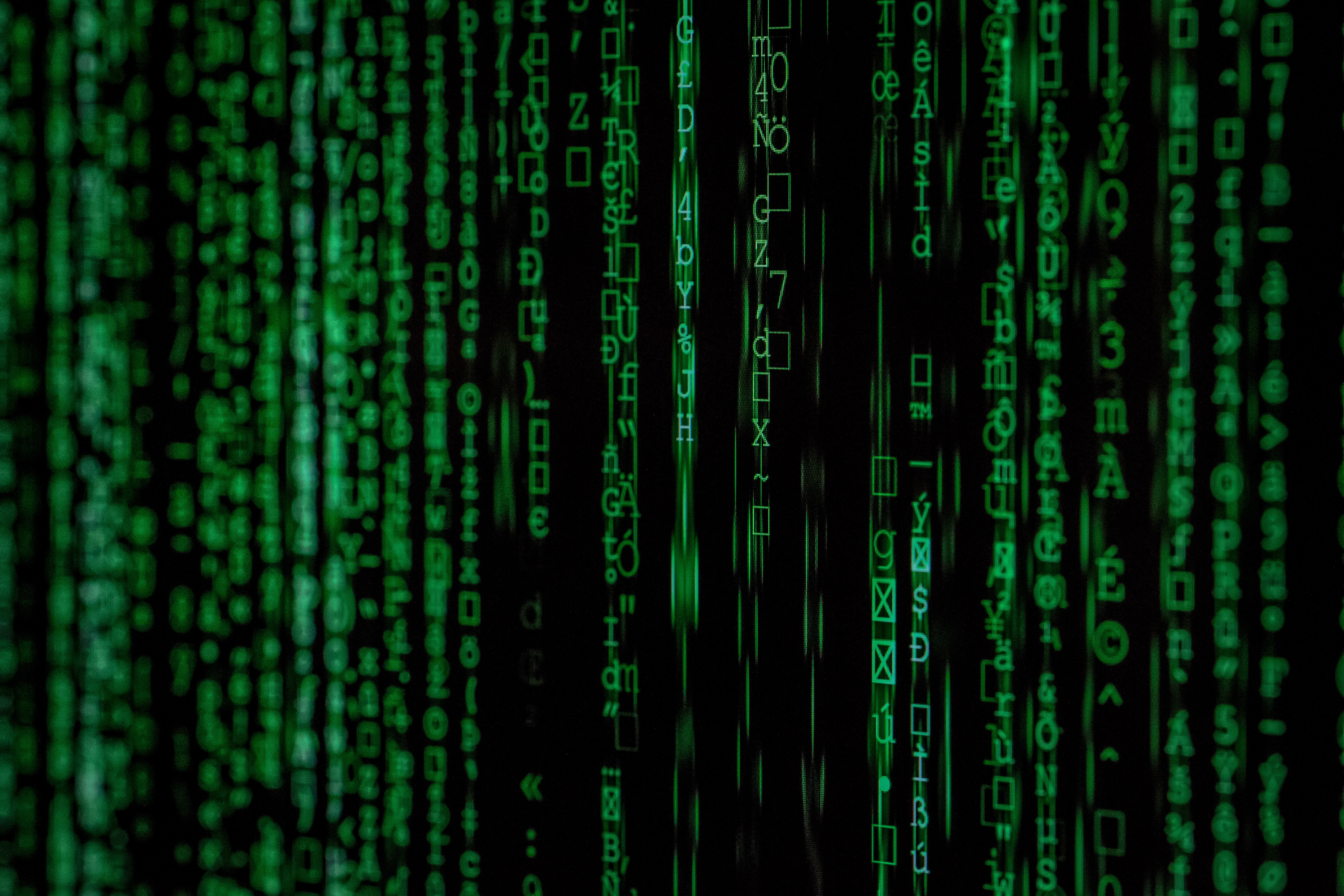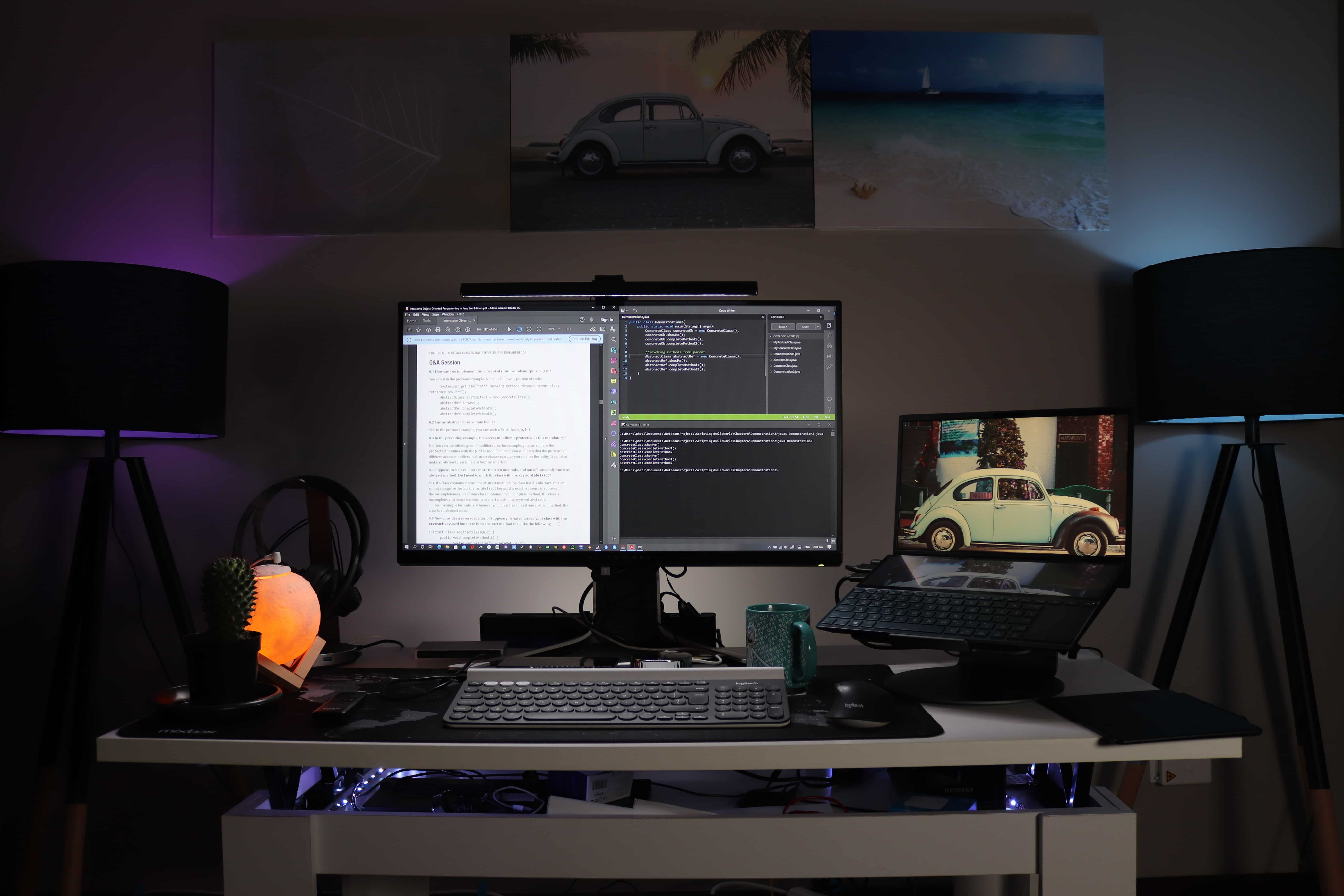Programming is definitely one of the most promising areas now. Digital tools are being integrated into more and more devices and processes, they can help us do our work more efficiently by taking over repetitive tasks and give us unprecedented opportunities in companies and public institutions.
Whether you are a student or a professional, taking up programming can be an excellent way to add a supplementary asset to your CV and gain a better understanding of information technologies, in general, to keep up with the progress.
One of the most important questions we need to answer before starting to code is what programming language we should go for? Nowadays, coders have dozens of options and choosing the right one for a given project can be a difficult task even for a professional.
You can get a short introduction to Python and how it works.
So, what is to be done?
An approach we can recommend to those who only get started in programming is to choose a language that is not too difficult to learn and offers a certain versatility at the same time. You will be able to get real results pretty quickly and not be limited to a narrow field of application.
The two most popular programming languages that meet those criteria are Python and Java. Both are used by millions of developers all over the world, so there are tutorials and forums that students can use and you can easily find a good tutor if it gets too difficult.
Check out python classes here.

Both Python and Java can be used to create applications and computer programs, analyse data, process natural languages and use machine learning tools.
Another important feature they have in common is that both are object-oriented languages. They represent processes as interactions between different objects performed through methods and data is stored as properties of those objects.
That makes it easier to work on different parts of your code separately and then put them together to create more complex software.
In this article, we will compare Python and Java in more detail, so you can decide which language better suits your goals and learn to code quickly.
Explore these python courses Melbourne here.

Python and Java syntax
Like with natural languages we use to communicate, we need to know the syntax of a programming language to write code in it. As a general rule, programming languages are less flexible than human tongues because the machine needs to know precisely what we want. Still, there can be some degree of variation here too.
If we compare Python and JavaScript in particular, the former is considered more dynamic and flexible than the latter. One of the most obvious examples is how the two languages process variables (which are chunks of data we can refer to in our code).
In JavaScript, you need to declare the type of variable you want to set before you can assign it a value. If you create, say, a string (a text variable) called "sentence", you are going to write:
str sentence = "...";
From now on, the sentence variable will be a string and you won't be able to assign a different kind of value, such as an integer to it.
By contrast, in Python, you don't set the type of variables when you create them. You can just write:
sentence = "..."
The Python interpreter will work out that the sentence is a string by itself simply because it has been assigned a textual value.
Later on, you can modify its value and its type will also change accordingly:
sentence = 10
Once the variable sentence has been assigned an integer, Python knows that it's not a string anymore.
That kind of programming is sometimes called duck-typing because you recognise a duck by its features even if you aren't explicitly told what kind of bird it is.
You can discover the differences between Python and Java in our article.
Similarly to this example, Python has a whole set of features that make it a bit more accessible for a beginner than Java.
At the same time, the machine needs to do a part of the job for you, so Python programs tend also to be slower than the ones written in Java.
The length of code
One of the direct consequences of Python having a simpler syntax than Java is the quantity of code you need to write when programming a new application.
It has been calculated that, on average, the same programme written in Python is 3.5 times shorter than the same code in Java.
Try out our online python course on Superprof

That basically means that Python is not only easier to learn than Java but you can also wrap up projects more quickly in it.
The length of code can also be an important factor at the stage of debugging. If you have a problem with an object or a class of objects, you'll need to go through your code to spot the mistake.
If your code is shorter, you can naturally do that job more quickly and get back to the development of new features or deliver the project.
In some cases, such as the creation of video game engines, you'll want the machine to perform a huge number of operations at the same time. In that case, it would be in your interest to use the fastest programming language available, so Java would have an edge over Python.
If, on the other hand, you have a good machine and the tasks it will do are not that complex, Python can definitely be an excellent pick.

Which language is more popular?
If you are a beginner and hesitate between Python and Java, it can be useful to look at which language is more popular among professional developers.
In fact, when you begin to work on online applications or in software development, you will collaborate with other developers most of the time because programming an advanced application alone either in Python or Java can be very long.
The team of developers you'll join will naturally create the whole project in a given programming language, so you'll have no other choice but to adapt.
This is where the popularity of the language you learn gets really essential. If a lot of development projects in your area are written in Python, you will be more likely to get hired with that language.
If Java is more popular than Python then you'll have better job opportunities in software development with the former.
Historically, Java used to be the most popular programming language but Python caught up a few years ago and is even overtaking it now. Still, a lot also depends on the area we are talking about and whether you want to work on public or private development projects in the long term.
If you want to know more about the different uses of Python, have a look at our article.
Is it possible to learn both Java and Python?
A good option if you really can't choose between Python and Java is to learn both languages. It is totally possible to master Java and Python equally well and work on projects involving either of them. In fact, most professional developers usually learn more than one programming language to work on more development projects.
The only question is whether you can learn the two languages at the same time?
Python and Java use certain similar programming concepts, such as class, object, string, data and so on. Once you get them in one language, you will easily understand them in the other one too.
At the same time, you don't use the same functions in Java and Python to create a class or another object, so learning the two at the same time can also get confusing.
Of course, you can print your Python and Java commands on separate sheets and uses them in your learning but the idea is still to assimilate the most common codes, such as print, input, for, while, is in Python, for example. The less time you spend searching for syntax rules in your notes, the quicker you'll get the job done.
In our opinion, the best approach would be to learn one programming language to start with. For example, it can be Python because it's easier and more accessible for the general public.
Then, you can start learning a new language, like Java, if you feel that it can be useful to your career.

The most popular areas of application
As we have said, Python and Java are equally popular programming languages but there is a difference in their areas of application. So what's the coding area where Python is the best language and in what area does Java get the upper hand?
Python has not just one, but three leading areas that are Data Science, Machine Learning and Artificial Intelligence. It has outstanding libraries you can use when you code and there are good tutorials that will help you learn the basics.
As for Java, it is especially good for creating cross-platform web applications, computer programs and embedded software, such as you can find in your washing machine.
It's up to you to choose Java, Python or both depending on where your interests lie. Whichever is your choice, we are sure you'll have a great time coding.
There is more on Python resources in our article.















